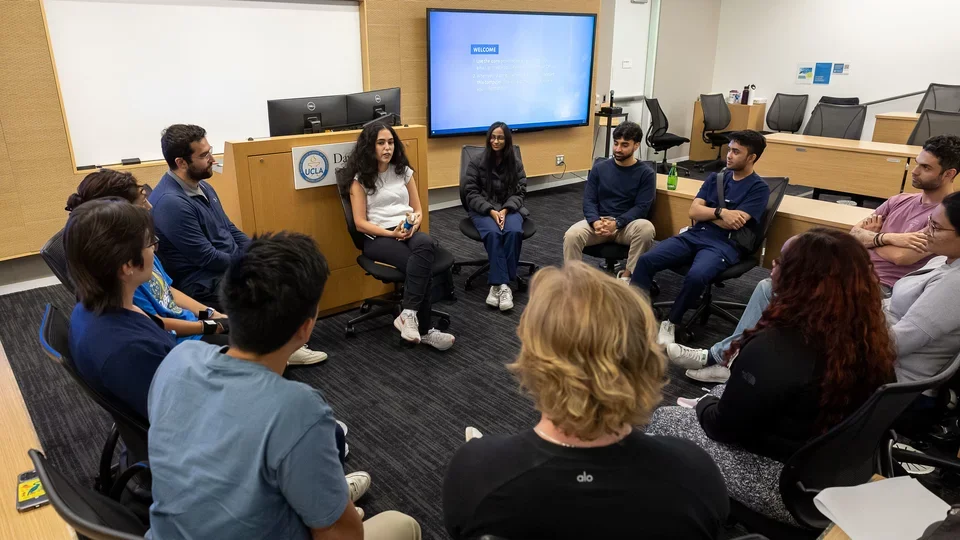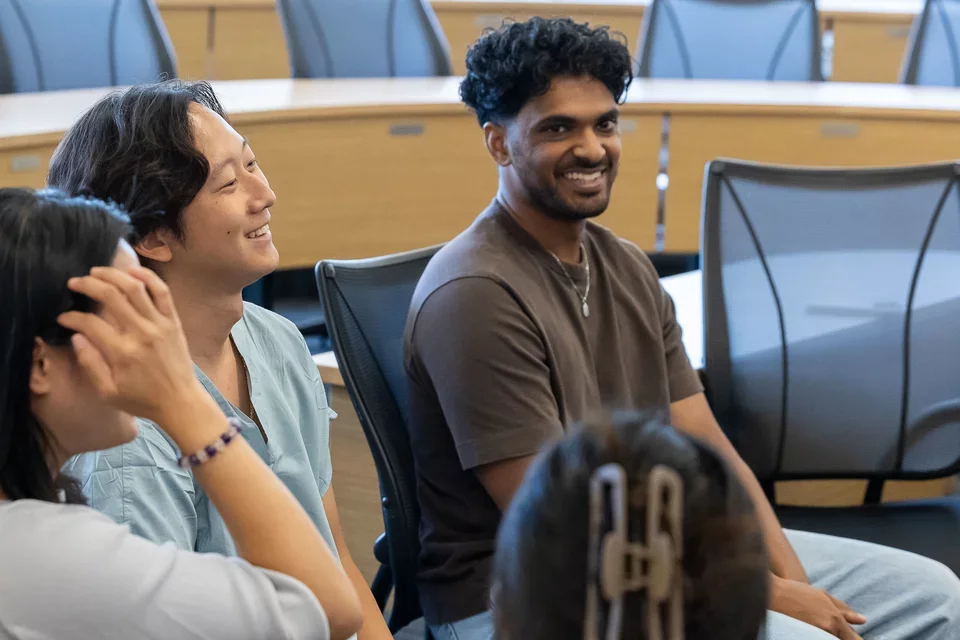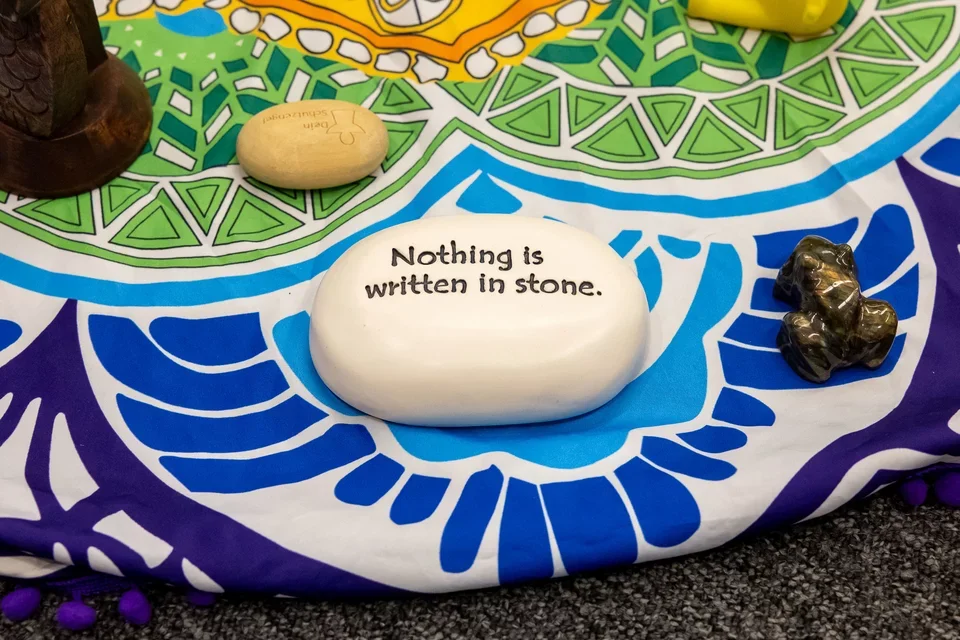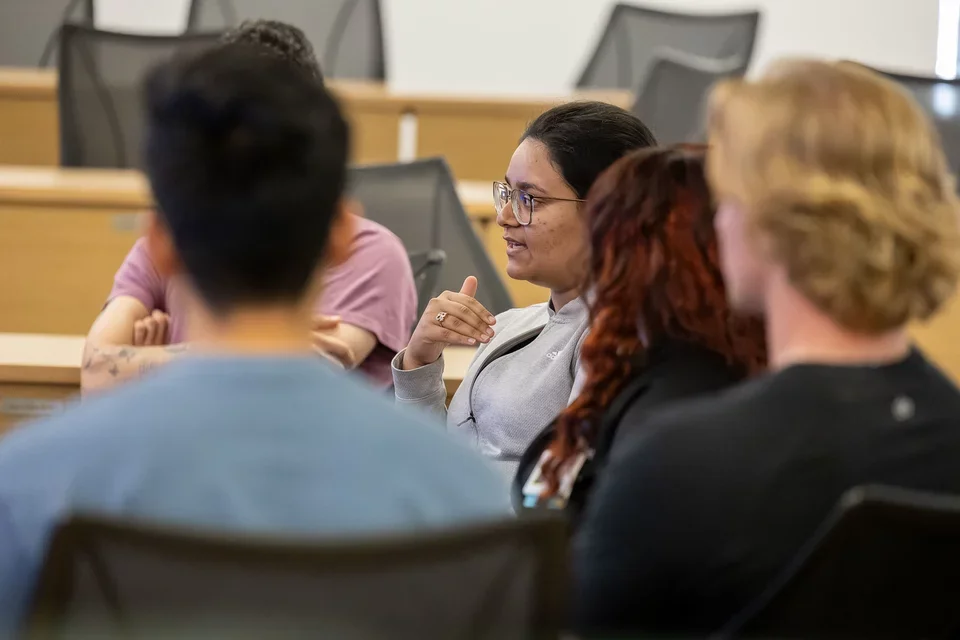What are Restorative Practices?
Find out more.

A timeless approach with many benefits.
Many restorative practices are rooted in ancient indigenous traditions and are focused around qualities such as:
- Compassion
- Humanity
- Respect
- Dignity
- Solidarity

Creating positive, just, and equitable relationships.
Restorative Practices are used to support communities and foster...
- Positive relationships based on empathy and care.
- Just relationships based on accountability and obligations.
- Equitable relationships based on mutual recognition, dignity, and respect.
A restorative culture builds connections, trust, and a sense of belonging through a restorative mindset by engaging in discussions around identifying what we are doing that can change in order to prevent harm and build our community vitality.
SOURCE: AAMC
Restorative Practices & Harm
How we respond matters.
Restorative Practices often times bring community members together to discuss hurtful or disruptive incidents. They are designed to increase understanding of harms — both personal and collective —and to help those who have caused harm to acknowledge responsibility.
The collaborative decision-making process involved in Restorative Practices includes harmed parties, people who have caused harm, and others seeking active accountability.

Core tenants of the process:
- Acknowledge and accept responsibility for causing the harm.
- Address conditions that created the harm, including root causes such as systemic inequalities and social injustices.
- Repair the harm caused to harmed parties and the community.
- Rebuild trust by:
- showing understanding of the harm.
- addressing personal issues.
building positive social connections.
Strong Relationships are Everything
Positive relationships are essential for social cooperation and resolution of harm.
Focus on Repairing Harm
The legitimacy of the accountability process is the recognition of the harm (not the violation of a rule.)
Be Proactive & Responsive
Help build healthy relationships and competent communication skills. Respond to incidents of harm and toxic organizational cultures.
SOURCE: University of San Diego Center for Restorative Justice

Restorative Practices in Academic Medicine (RPAM)
In Fall 2018, American Association of Medical Colleges (AAMC) began spearheading restorative practices to academic medical institutions. Since then, many medical schools across the country have implemented programs, particularly for use in managing difficult situations where harm has occurred.
- Stanford Medicine
- University of California - San Francisco
- Penn Medicine
- University of Washington Medicine
- Duke University School of Medicine
- University of Minnesota Medical School
- UMass Chan Medical School
Providing skills to listen deeply to the needs of others and engage authentically with colleagues, classmates, patients, and members of the Los Angeles community.
Instances where RPAM skills can benefit our community:
- Patient Engagement
- Conflict Resolution
- Situational Monitoring
- Informed Consent
- Safety Advocacy